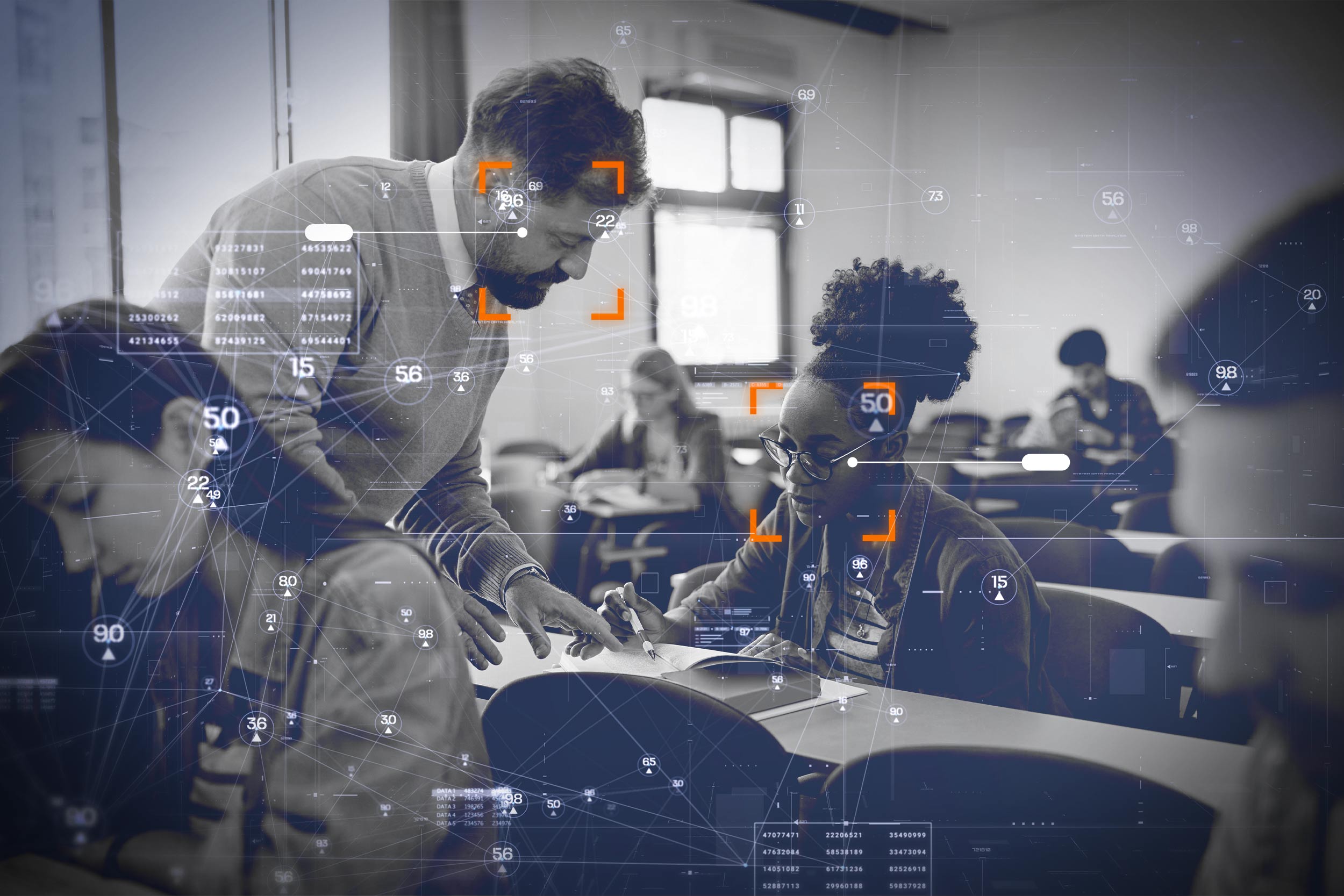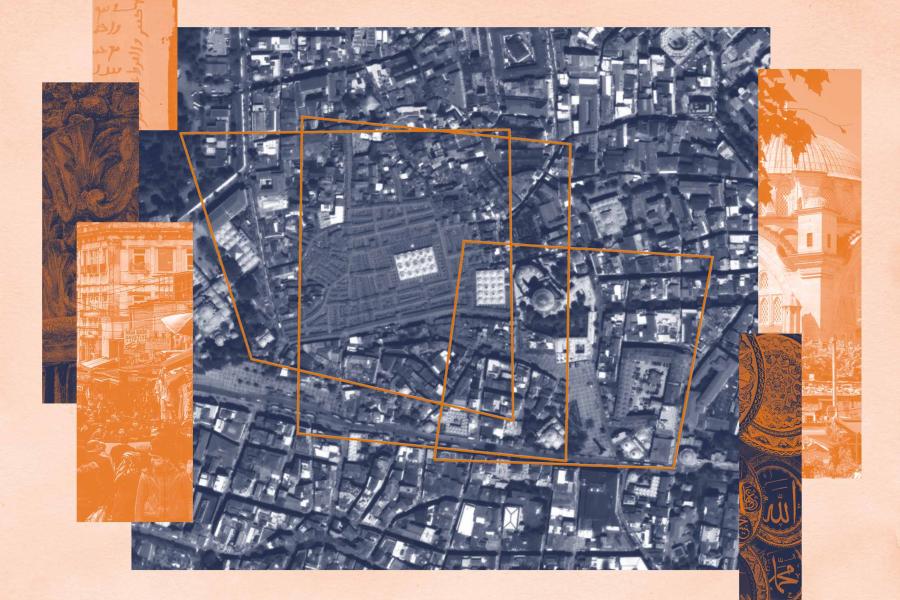Researchers at the University of Virginia’s schools of Education and Human Development and of Engineering and Applied Science will use artificial intelligence to improve the quality of teachers’ mathematics instruction with a new $1.4 million grant from the Bill & Melinda Gates Foundation.
The Artificial Intelligence for Advancing Instruction at Scale project will develop and test an AI model to review videos of math teachers in the classroom, evaluating specific elements of their instruction, from whole-group instruction to individual student work. The team will also develop a dashboard to provide teachers with real-time, applicable feedback to improve their instruction.
“Classroom observational videos are a very helpful tool for improving teaching skills and yet assessing them is an incredibly time-consuming task,” said Peter Youngs, professor at the UVA School of Education and principal investigator of the grant. “By leveraging AI to classify the videos, we hope to provide teachers meaningful feedback that’s not only practical, but is also easy to access and affordable.”
The grant builds on cutting-edge research from School of Engineering professor Scott T. Acton, a co-principal investigator on the grant. Acton first engineered AI breakthroughs in human action detection technology, applying neural networks to video analysis with remarkable precision.
“This is about helping teachers do what they do best – teach – while making professional development more accessible and equitable,” Acton said. “Combining AI technology with real-world educational challenges is an exciting way to impact classrooms across the country.”

Peter Youngs, left, a professor at the UVA School of Education, and School of Engineering professor Scott T. Acton say the program will help teachers ‘do what they do best: teach.’ (Contributed photos)
By pairing Youngs’ expertise with Acton’s innovations in engineering, the project creates a seamless blend of educational insight and advanced technology. The collaboration, which includes Jonathan Foster, an assistant professor at the University at Albany, ensures the tool is practical and meaningful for teachers in diverse classrooms.
The AI tool uses synchronized video and audio to evaluate classroom dynamics, capturing details like the quality of teacher-student dialogue, the rigor of lessons and instructional patterns. It offers richer, more holistic insights compared to traditional systems that rely solely on video or audio. When paired with coaching, feedback from the tool is designed to improve instruction skills and quality for elementary school math teachers.
The program could expand with future applications in English, history and science.










